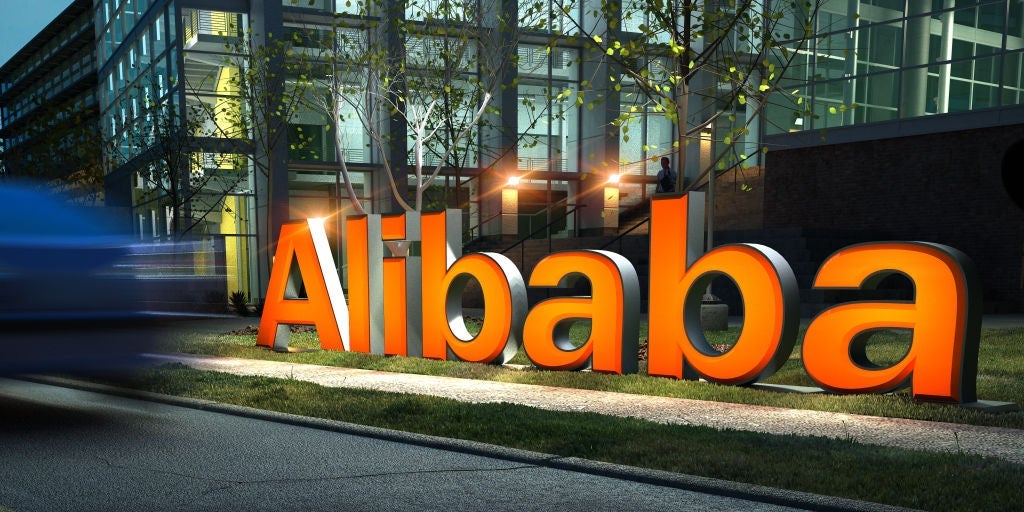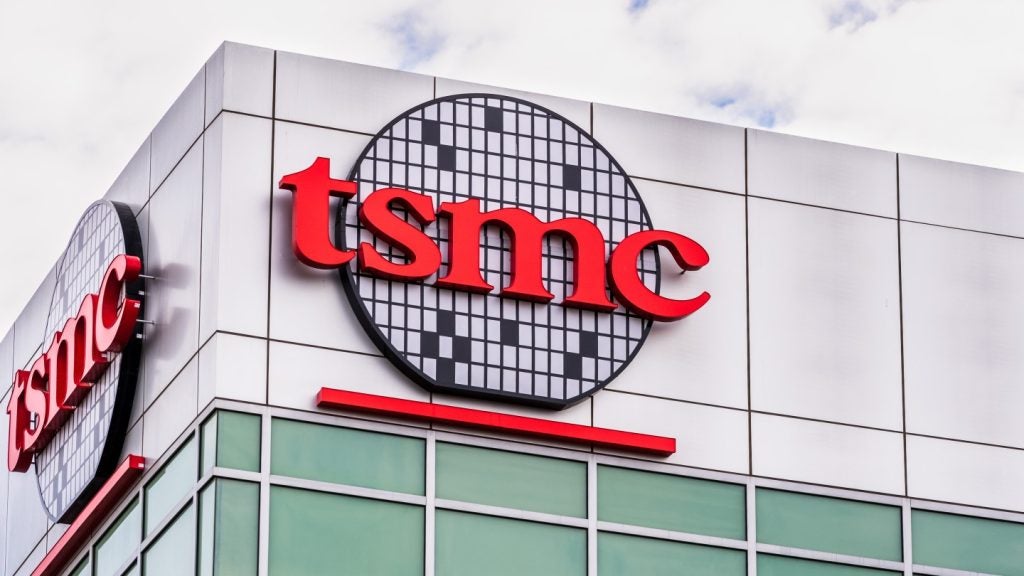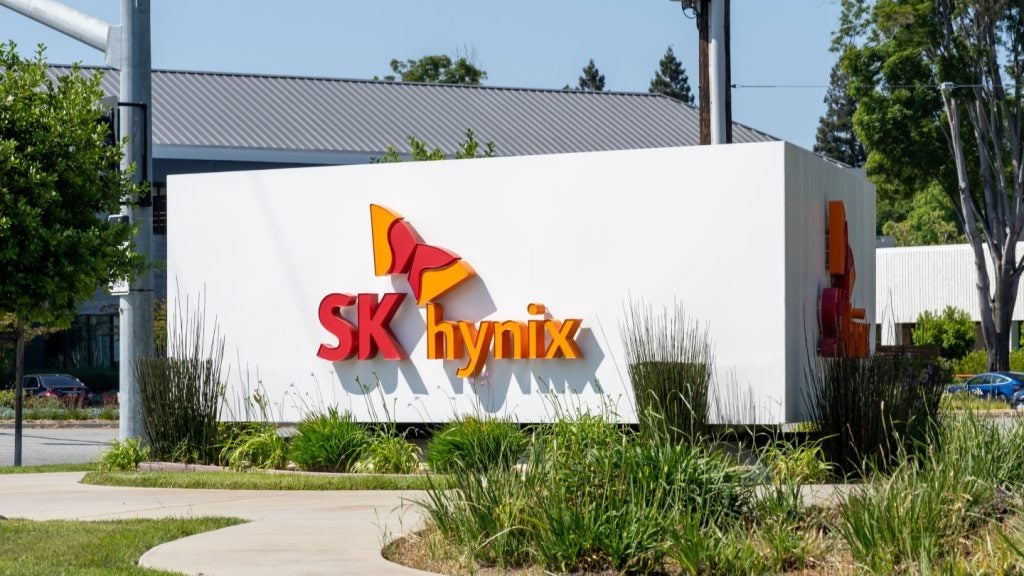
China has just as many top science and technology clusters as the US for the first time, as the technology arms race between the two superpowers intensifies. According to the World Intellectual Property Organization’s (WIPO’s) Global Innovation Index 2022 (GII 2022), both countries have 21 science and technology clusters.
Each year WIPO’s GII identifies the highest concentration of science and technology development across existing global hubs. China was the country to gain the most ground in 2022, with three clusters in the country making significant strides: Zhengzhou rose 15 positions in the global ranking and Qingdao rose 12 positions, as did Xiamen. China’s success in growing its domestic science and technology capabilities reflects the growing bifurcation of the US and Chinese tech economies, accompanied by increasing screening of foreign investment on both sides.
WIPO’s GII 2022 findings reflect an August 2022 study by Japan’s National Institute of Science and Technology Policy (NISTP), which found that China surpassed the US in publishing the highest number of scientific research papers. The study, which was based on yearly averages from 2018 to 2020, found that of the top 1% most frequently cited papers, Chinese research accounted for 27.2%, ahead of the US at 24.9%. The NISTP report found that China published a yearly average of 407,181 scientific papers, which accounted for 23.4% of the world’s research output, ahead of the US’s 293,434 journal articles.
Elsewhere in the world, in proportion to population, Cambridge in the UK and the Eindhoven area in the Netherlands are the most science and technology-intensive clusters, followed by Daejon in South Korea, the San Jose/San Francisco area and Oxford in the UK. However, despite some positive results across the world, East Asia dominated the global ranking with four of the top five science and technology hubs located in the region: one in Japan, one in South Korea and two in China, with the other located in the US, according to the GII2022. In fact, Japan’s Tokyo-Yokohama cluster was ranked the top-performing global hub.
US still leads on start-up ecosystems
However, the US remains the clear winner for start-up ecosystems. While Genome’s Global Start-up Ecosystem Ranking (GSER) has placed Beijing within the top five global start-up ecosystems for the past five years, the US has held three of the top five places, with Silicon Valley a consistent first. It could be said, however, that ranking third, fourth and fifth place among a cohort of high-income economies between 2017 and 2022 is a more significant achievement for Beijing. In addition, China remains strong on venture capital investment, which increased by around 50% in the city in 2021, to $130bn, according to Bloomberg.
Beijing’s start-up ecosystem did, however, drop one place in the GSER 2022, ranking fifth globally due to a decline of early-stage funding. In fact, the performance of Chinese start-up hubs is declining for the first time since GSER started tracking them in 2017. Eight of the 13 Chinese cities studied for the 2022 report fell in the rankings.
How well do you really know your competitors?
Access the most comprehensive Company Profiles on the market, powered by GlobalData. Save hours of research. Gain competitive edge.

Thank you!
Your download email will arrive shortly
Not ready to buy yet? Download a free sample
We are confident about the unique quality of our Company Profiles. However, we want you to make the most beneficial decision for your business, so we offer a free sample that you can download by submitting the below form
By GlobalDataChina’s start-up ecosystems are also experiencing the impact of tightening government regulation, according to the GSER 2022. In 2021, Beijing cracked down on companies over issues including anti-competitiveness and data privacy. Global investors suffered when the Chinese government went after its edtech industry in July 2021, and it increased constraints on overseas initial public offerings in December 2021, according to the GSER 2022.







